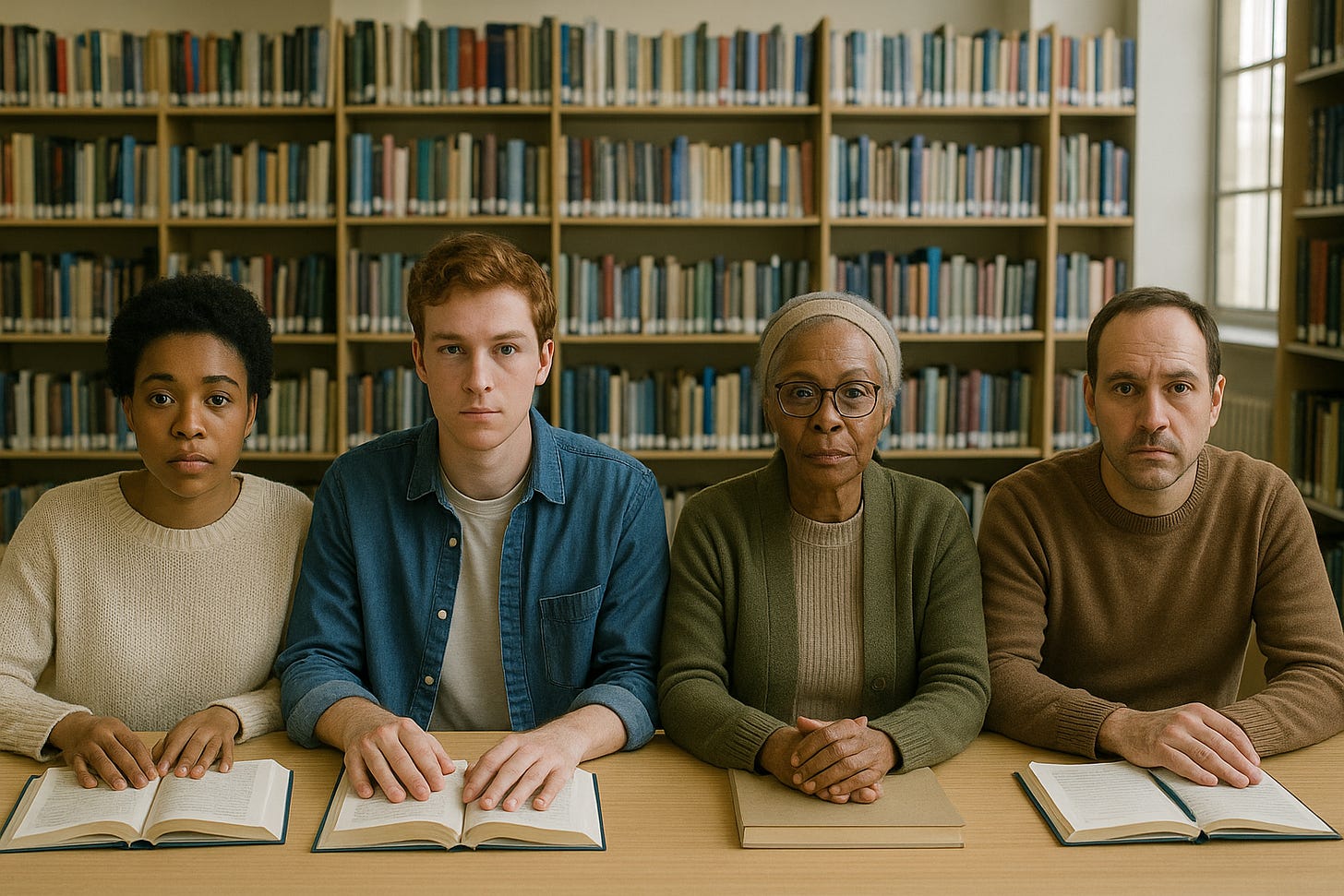Why No One Reads Anymore And What We Can Do About It
Yes, our phones are definitely part of the problem but this started way earlier.
Welcome to the PATHWAY — Edition #036
👋 Welcome to a 🔒 subscriber-only edition 🔒 of my 2x weekly newsletter. Each week, I share practical insights at the intersection of curiosity, growth, and AI to help you build a healthier, more productive, and wealthier life.
Why Everybody Stopped Reading
A few months back, I sat in the backyard, one of my favorite quiet spots, trying to work my way through a novel I’d been meaning to finish.
The sun was out, birds were chirping, and my phone was inside for once.
And yet, even then, my mind started to wander.
It made me think about something I’ve been hearing more often lately: Students, even at top-tier universities like Stanford, Harvard, and MIT, are saying they can’t read an entire book anymore.
Not that they won’t, they literally feel like they can’t.
Professors are seeing it too: reading stamina is vanishing.
This isn’t just about Ivy League students.
It’s part of a bigger, quieter crisis.
We’ve stopped reading.
The Decline of Reading Didn’t Start With TikTok
Yes, our phones are definitely part of the problem, but this started way earlier.
In the 1960s, education systems across the U.S., U.K., Canada, and elsewhere adopted something called "whole language learning."
The idea was poetic: children learn to read best by being surrounded by meaningful words, not boring drills.
Instead of teaching kids to “sound out” new words (phonics), they were taught to guess words from context.
It felt intuitive, progressive, almost artistic.
But the problem?
It didn’t work.
Literacy scores started to fall.
And a generation of kids, now adults, never fully learned the mechanics of reading.
Reading, for them, isn’t joyful or immersive.
It’s exhausting.
I’ve felt this myself, especially after a day of being overstimulated by screens or multitasking.
When I did my 30-day plank challenge, I learned how discomfort builds tolerance.
I Did a 2-Minute Plank Every Day for 31 Days
Reading is a similar kind of discomfort. It requires you to sit.
If no one taught you how to do that as a kid, chances are you just stopped trying.
We Taught Students to Scan, Not to Sit Still
Fast forward to high school.
Now, students aren’t even reading whole books anymore.
Thanks to reforms like No Child Left Behind and Common Core, the focus shifted to extracting information from short texts.
Teachers started prepping kids to ace standardized tests, not to dive deep into Dickens or Dostoyevsky.
Even English classes became about bullet-point answers, not reflection.
And like any muscle, reading stamina atrophies when you don’t use it.
In my Tablespoon of Olive Oil per day challenge, I noticed that the hardest part was mental discipline.
The same goes for reading.
Phones Are Reading’s Enemy
Let’s not pretend social media hasn’t accelerated this.
Our phones constantly serve us content, text, subtitles, headlines, but never demand deep attention.
Apps are designed to hijack your focus and offer instant dopamine rewards.
Compare that to reading a 300-page book?
It’s like choosing broccoli over cake.
Even I find myself reaching for my phone just before bed, planning to “check something quickly.”
An hour later, I haven’t opened the book, and I feel more drained than informed.
It’s no wonder students, raised on screens, trained to skim, and never asked to wrestle with long texts, struggle to get through a book a week.


